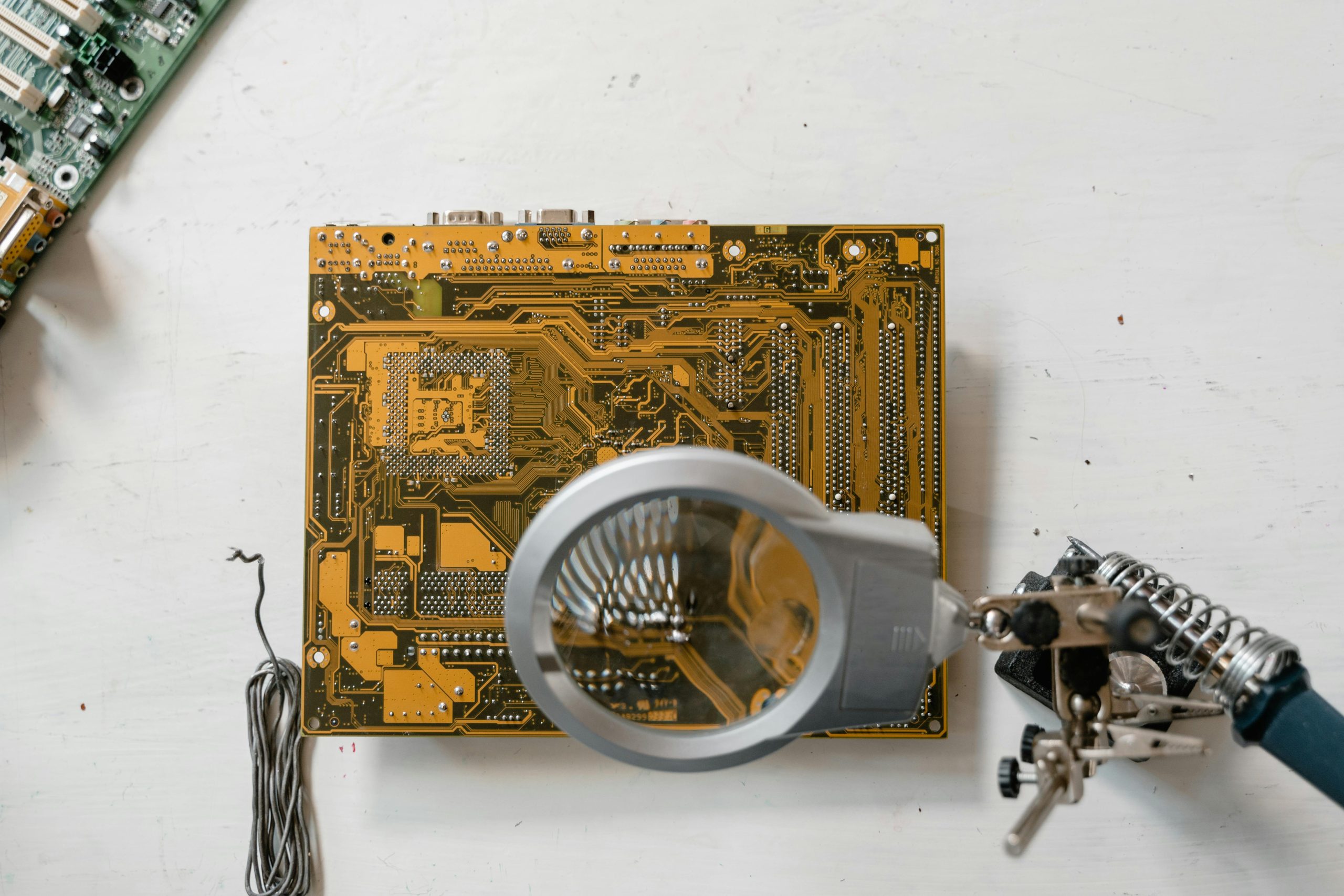Exploring Strategies for Process Improvement in Paper-Operated Warehouses
In many traditional warehouse environments, manual record-keeping and informal monitoring methods—such as paper documentation, memory recall, and walk-arounds—remain the primary approaches to tracking operations. While these methods have served their purpose historically, they often pose significant challenges in terms of efficiency, accuracy, and scalability.
Organizations operating without integrated digital data systems frequently encounter the following issues:
- Data Fragmentation: Information scattered across physical documents and verbal recollections can lead to inconsistencies and errors.
- Limited Visibility: Relying on manual checks restricts real-time insights into warehouse processes, making it difficult to identify bottlenecks promptly.
- Operational Inefficiencies: Excessive time spent on data transcription and verification detracts from core operational tasks.
- Difficulty in Process Improvement: Without digitized data, analyzing trends and implementing targeted improvements becomes significantly more complex.
Recognizing these challenges, many warehouses are embarking on a journey toward process enhancement despite the existing limitations. The path forward involves understanding that transformation is gradual and requires a sustained commitment from all involved stakeholders.
Strategic Approaches to Improve Manual Warehouse Processes
-
Structured Data Collection Initiatives: Implement standardized forms and checklists to ensure consistency in data capture during walkarounds and routine inspections.
-
Transition to Digital Tools: Gradually introduce digital devices such as tablets or smartphones equipped with data entry applications to replace paper records, enabling quicker data aggregation and analysis.
-
Regular Training and Engagement: Educate staff on the importance of accurate documentation and foster a culture receptive to change and continuous improvement.
-
Process Mapping and Analysis: Document current workflows visually to identify redundancies and areas ripe for enhancement, forming a foundation for future automation.
-
Incremental Implementation: Begin with pilot programs targeting specific processes, learn from outcomes, and scale successful strategies across the operation.
Committed to Progress
While the transition from manual, paper-based methods to digital solutions may seem daunting initially, embracing this journey is crucial for long-term efficiency gains. Recognizing that change is a gradual process allows organizations to set realistic goals, celebrate incremental improvements, and maintain momentum.
Ultimately, the pursuit of process improvement in warehouses without existing digital infrastructure is about building a foundation for sustainable growth. With patience, strategic planning, and dedication, organizations can transform their operations—one step at a time—toward greater productivity and accuracy.
*By adopting a










One Comment
Thank you for sharing such a comprehensive overview of navigating process improvement in paper-based warehouses. One additional consideration is the role of change management and employee engagement throughout this transition. Often, the success of incremental digital adoption hinges on how well staff are educated about the benefits and supported during the change process. Incorporating hands-on training sessions, feedback loops, and involving frontline workers in process mapping can significantly increase buy-in and uncover practical insights that might be overlooked from a management perspective. Also, leveraging simple digital tools like QR codes for quick data capture or low-cost mobile apps tailored to specific tasks can ease the shift and provide immediate value. Ultimately, fostering a culture that values continuous improvement and digital literacy—even starting small—can accelerate progress and lay a resilient foundation for future automation.